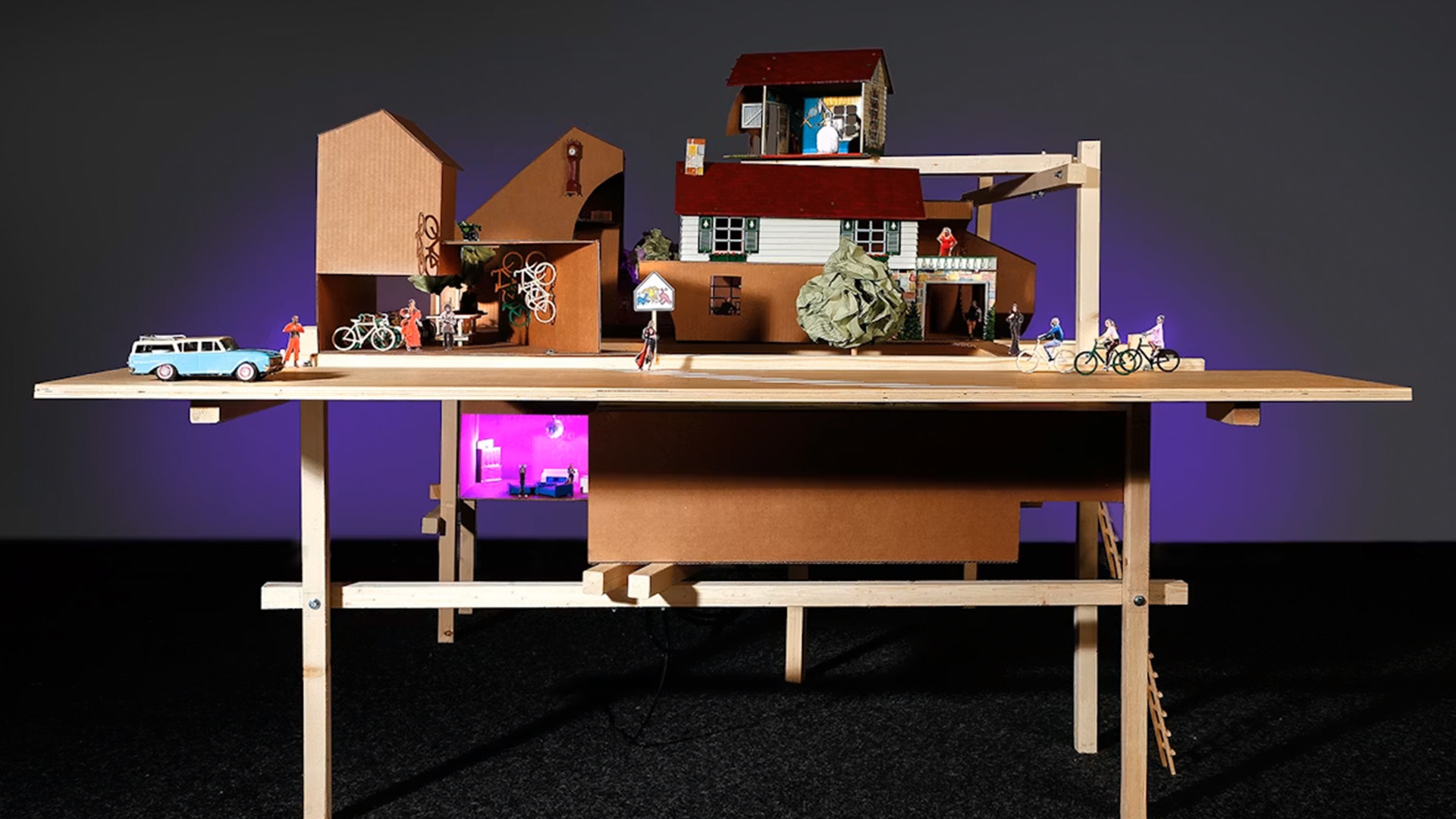Disappearing ink fades like memories in book that "rewrites the story of dementia"


Ink fades and disappears in the book 4,4,4&2, created by Scottish publisher Boom Saloon to reflect the experience of losing memories through dementia.
The book resembles a family cookbook, with handwritten recipes, scribbled notes, mementoes and various clippings all collected informally in one folder.
Many families have a cookbook like this, but in the case of 4,4,4&2, the contents are printed in a disappearing ink that fades from exposure to light and air.

The book was co-designed by people with dementia, in particular one woman called Maggie Watson, who Boom Saloon founder Rachel Arthur describes as her "adopted gran".
Arthur grew up cooking with Watson in her kitchen, and after the Boom Saloon team began their research into the syndrome, she was able to notice the symptoms within her friend.
"Developing the work together was highly personal," Arthur told Dezeen. "Her inability to create the scrap cookbook we'd always planned to was one of the first signs that something was wrong."

"When we began our work to rewrite the story of dementia, none of our small team had any lived experience," she added.
"It was through the learnings we uncovered during our research that we became tooled with the knowledge to push for a diagnosis for Maggie, after multiple doctors and medical experts passed her off as nothing more than a forgetful old woman."
The book was ultimately named after Watson's shorthand for a sponge cake recipe – four ounces of butter, four of sugar, four of flour and two eggs.

Dementia is a form of cognitive decline that can affect memory, thinking, language, mood, behaviour and motor control. The most common cause is Alzheimer's disease, but it can be brought on by many medical conditions or disorders and is usually associated with ageing.
Crucially, the Boom Saloon team discovered, dementia never affects two people the same way. This is a message that they were keen to communicate through the design of 4,4,4&2, with the disappearing ink deteriorating differently in every printing of the book.
"The publication mimics the complex and highly personal degeneration of the brain, which can take place during the dementia journey," Arthur explained.
"Each copy warps, fades and jumbles in a wholly unique manner, reflecting the individualised degeneration of the brain throughout the dementia journey."
Arthur and her team designed the publication to be the same size as the average human brain, albeit rectangular in format, and with no marks distinguishing one copy from another, so that the pattern of deterioration, triggered by air and light, would be unpredictable.
"To delay the process, each copy comes sealed – this slows down the change but does not stop it fully," she said. "Many of our advance copies remain unopened in hopes they will not disappear."
"Sadly, much like dementia itself, the process cannot be entirely halted. Instead, 4,4,4&2 commands us to better understand it and, vitally, the role we can play to support the dementia journey."

She points out that readers have the option to photograph the pages, write over them, share them or discuss them to preserve the fading fragments, highlighting the role played by carers, families and friends of people with dementia.
While handwritten recipes are the backbone of the book, there are also snippets of diary entries, photos, a map and a collage of pamphlets and notes about dementia, evoking the way in which these types of reading materials might be absent-mindedly tucked into the back of a folder.
4,4,4&2 is printed in monochrome purple on uncoated GF Smith papers, chosen for their tactility. The ink was developed by Boom Saloon in a process that involved multiple broken printers, according to Arthur.

The production was beyond the capabilities of the publisher's usual commercial printers, so all of the printing and finishing was done in-house, with support from Canon.
Boom Saloon focuses on "democratising creativity for good" by creating publications with people facing complex personal challenges. It has previously worked with people experiencing forced displacement but its projects on dementia have now spanned many years.
Other books printed with unusual inks include The Dehydrating Book, which can only be read when wet, and Naar Inkt Vissen (Fishing For Ink), which smells like the sea thanks to its use of squid ink.
The post Disappearing ink fades like memories in book that "rewrites the story of dementia" appeared first on Dezeen.



















































